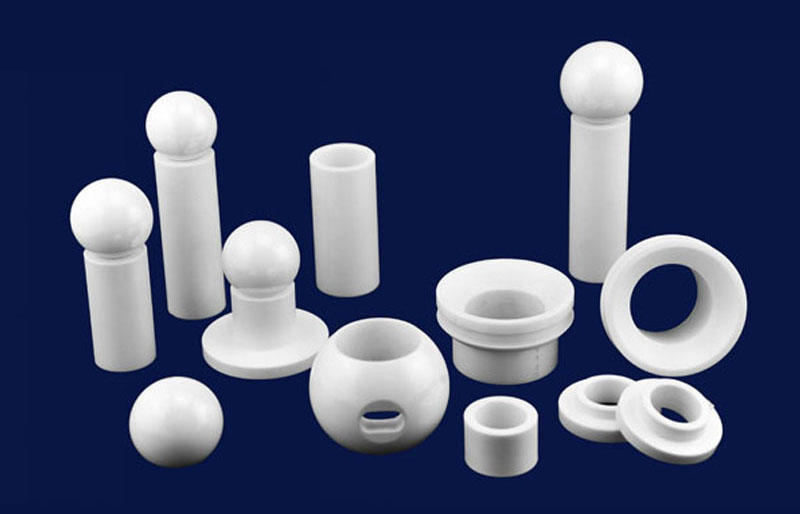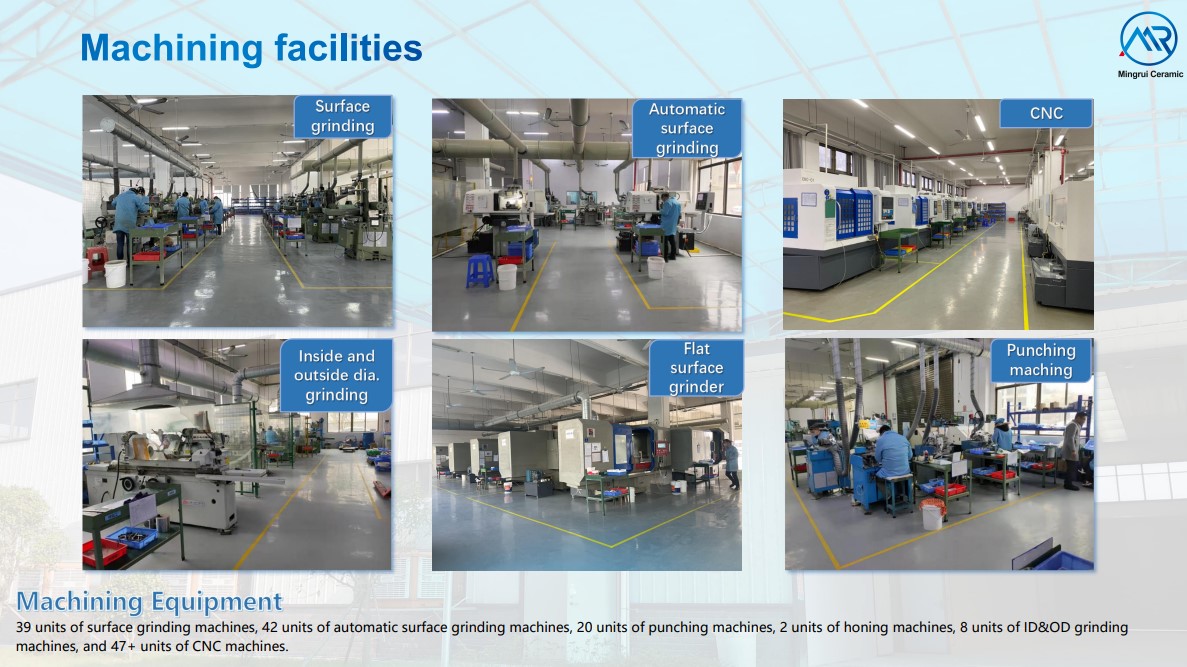Zirconia Ceramic (ZrO2 ceramics) |
|
|
|
Mingrui focuses on the research, development and production of zirconia ceramic structural parts, and has supplied zirconia ceramic products to many enterprises in different countries.
Zirconia ceramics, ZrO2 ceramics, zirconia ceramic with high melting point and boiling point, hardness, insulation at room temperature, and high temperature has electrical conductivity and other excellent properties. Zirconia ceramics is a new type of ceramics, which are mainly divided into three types:
Magnesium stabilized zirconia ceramics (Mg-ZrO2)
Cerium stabilized zirconia(ZrO2 + CeO)
Yttrium stabilized zirconia(YSZ)
|
 |
With excellent physical and chemical properties, Zirconia ceramics has not only become a research hotspot in the field of scientific research, but also widely used in industrial production. Zirconia ceramics is an important raw material of refractories, high-temperature structural materials and electronic materials.
Among all kinds of metal oxide ceramic materials, zirconia has the best thermal stability and heat insulation performance at high temperature.
The main raw material is zirconia ceramic pigment, which is an important component of high - quality glaze.The thermal conductivity of zirconia is the lowest in common ceramic materials, and the coefficient of thermal expansion is close to metal materials.Special crystal structure makes it an important electronic material.
Zirconia Ceramic Parameters
| Item | Unit | zirconia |
| Density | g/cm3 | 6.05 |
| Water absorption | % | 0 |
| Coefficient of thermal expansion | 10-6 /k | 10.5 |
| Young's elastic modulus | Gpa | 210 |
| Poisson-Pine ratio | / | 0.3 |
| Hardness (HV) | MPa | 1200 |
| Bending strength (room temperature) | MPa | 950 |
| Bending Strength (700 ℃) | MPa | 210 |
| Compressive strength (room temperature) | MPa | 2000 |
| Fracture toughness | Mpa.m1/2 | 10 |
| Thermal conductivity (room temperature) | W/m.k | 2 |
| Specific resistivity (room temperature) | Ω.mm2/m | >1015 |
| Maximum usage temperature | ℃ | 750 |
| Corrosion resistance of acid and alkali resistance | / | strength |
Zirconia ceramics are formed by dry pressing, isostatic pressing, injection molding, hot die casting molding, hydroforming, injection molding, plastic extrusion molding, colloidal solidification molding, etc.The most widely used is injection molding and dry pressing molding, and the highest density of products is isostatic pressure molding.
Products made from Zirconium Oxide (ZrO2) (Including but not limited to the following)
|
|
Typical Applications include
Volatile chemical solutions transportation, jet and diesel engine components, containers for molten metals, high speed cutting tools, high wear components, transistor insulators, dental implants, bearing balls, pump seals, and ball valves.
| For more information about ceramics parts,please contact our engineers in time >>> |
  |


 HOME
HOME WHATSAPP
WHATSAPP CONTACT
CONTACT TEL
TEL